Aerial roots
Can be regarded as ordinary roots that are prevented from normal development by accidental circumstances. They are capable, when presented with soil, of growing into normal long, branched roots. These roots often remain short and simple when growing without soil.
Haustoria
Parasites have degraded root systems that "lose their ordinary typical structure, and at last only amorphous masses of tissues or even isolated cells remain". Haustoria only have in common with normal roots the fact that they penetrate substratum to absorb food.
Mistletoe (referring to Viscum species)
Mistletoes produce organic materials independently of the host tree with no lack of chlorophyll as even the fleshy roots within the host tree are green in colour. Parasitism by mistletoes is only partial and therefore so is the degradation for the host tree.
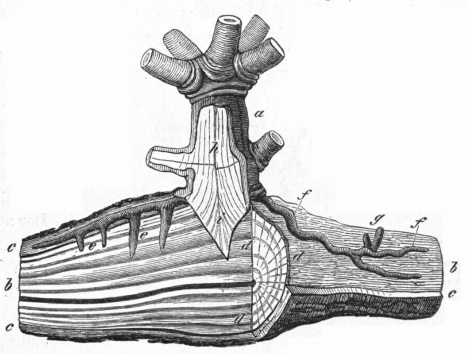
When a viscid fruit sticks to a young tree branch, the large embryo, very rich in chlorophyll, germinates and its root tips turns away from the light, toward the host branch. The radicle bores through the cortex and cambium into the host wood. From these very active roots spring new shoots which break through the cortex of the host branch, come forth into the light and from these, new roots again run into the cortex. Occasionally, an entire tree, from crown to root, is infested with the mistletoe.

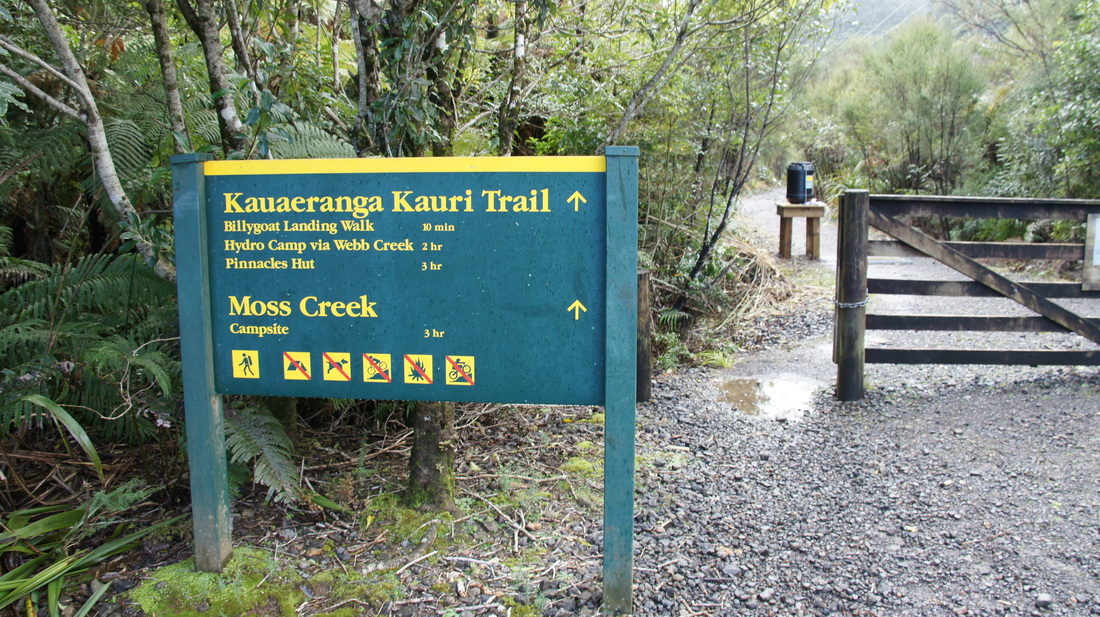
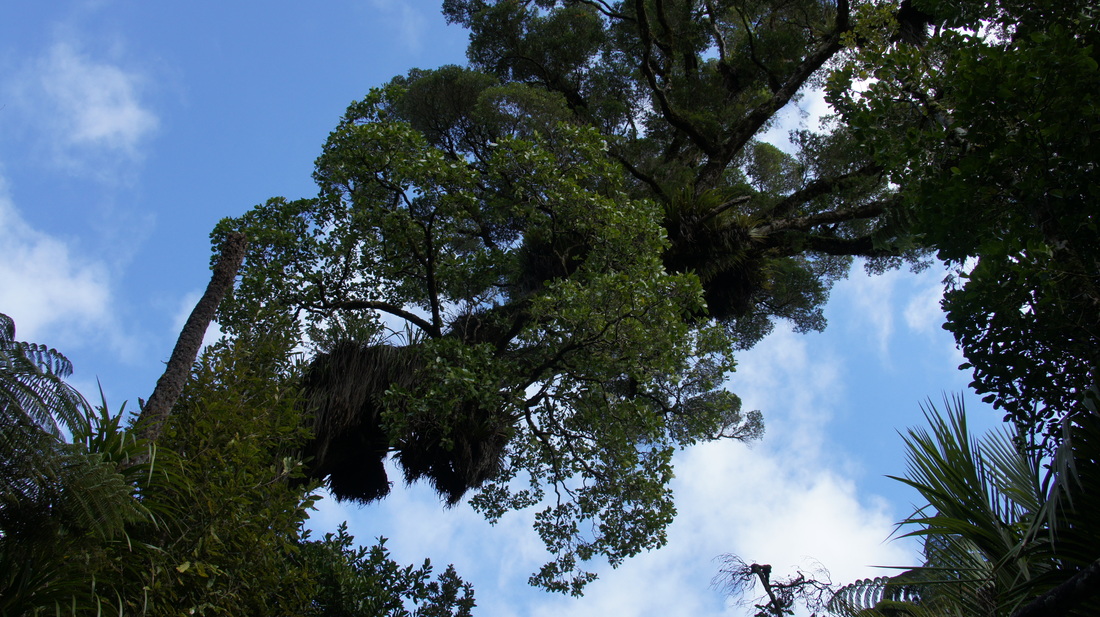
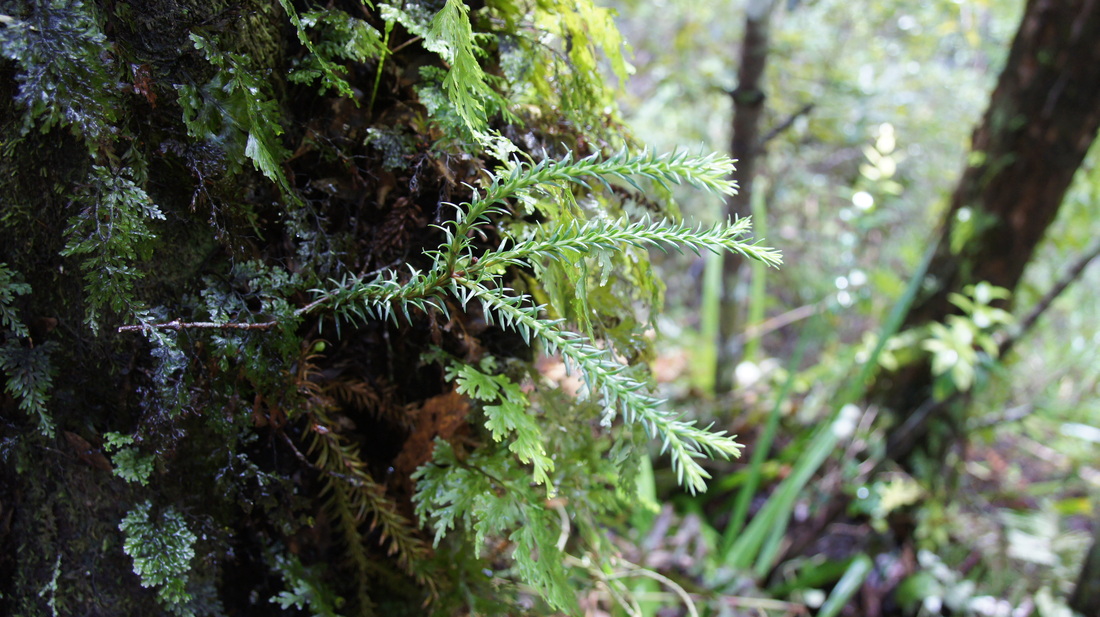
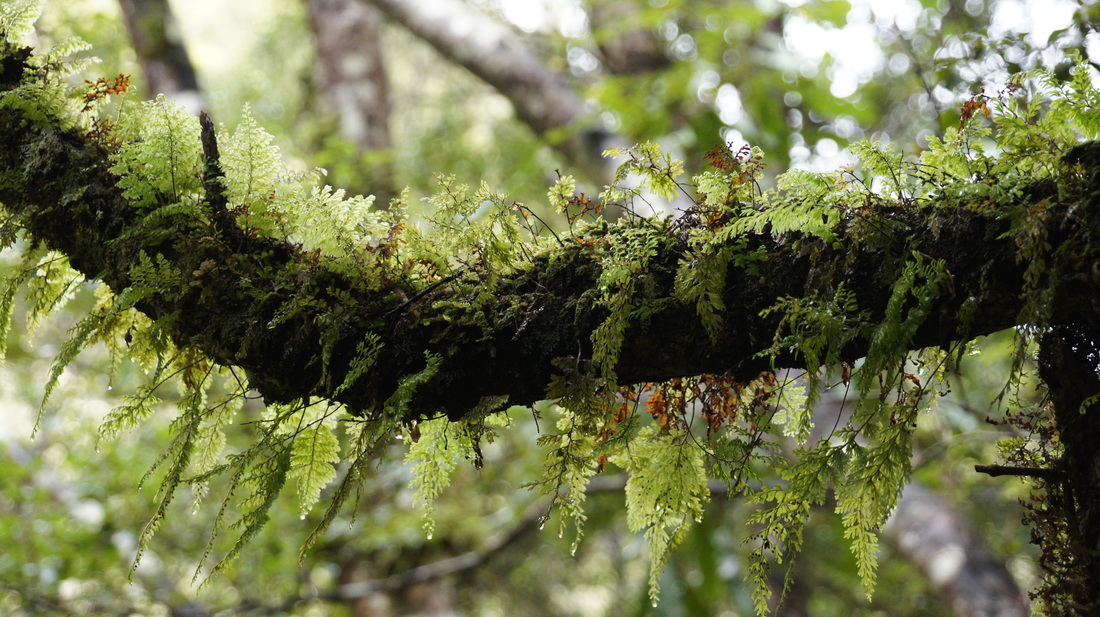
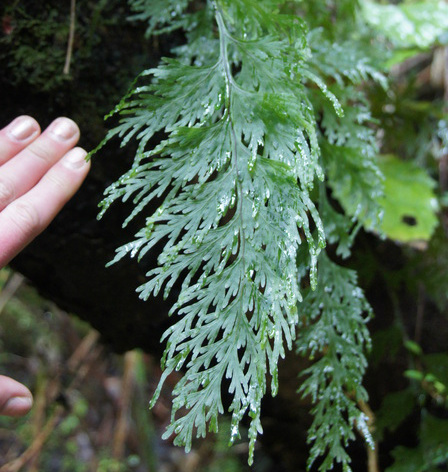
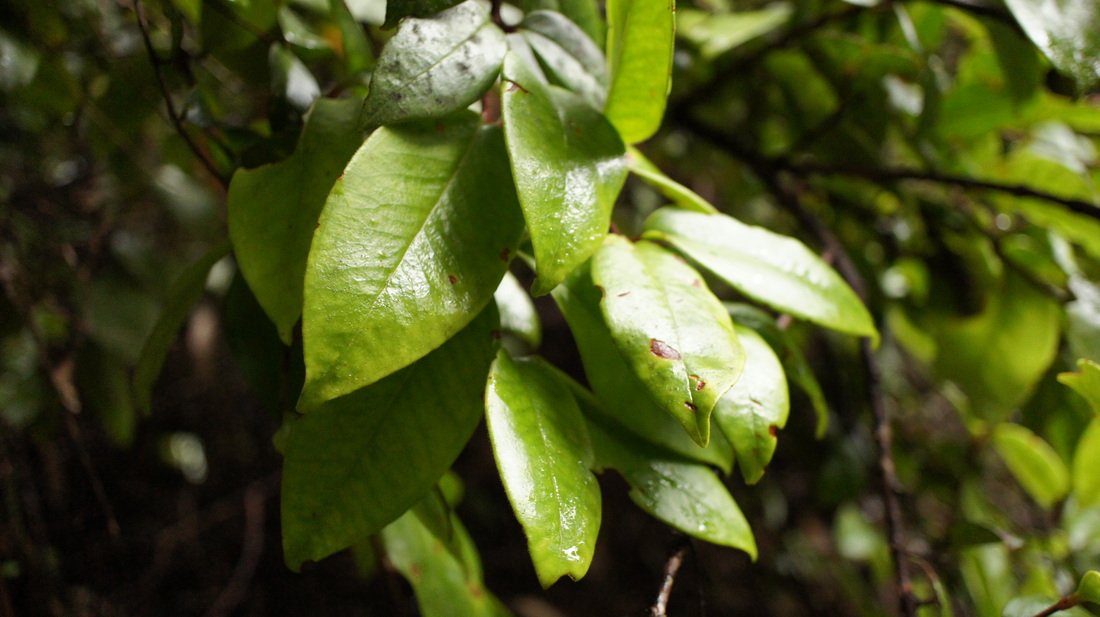
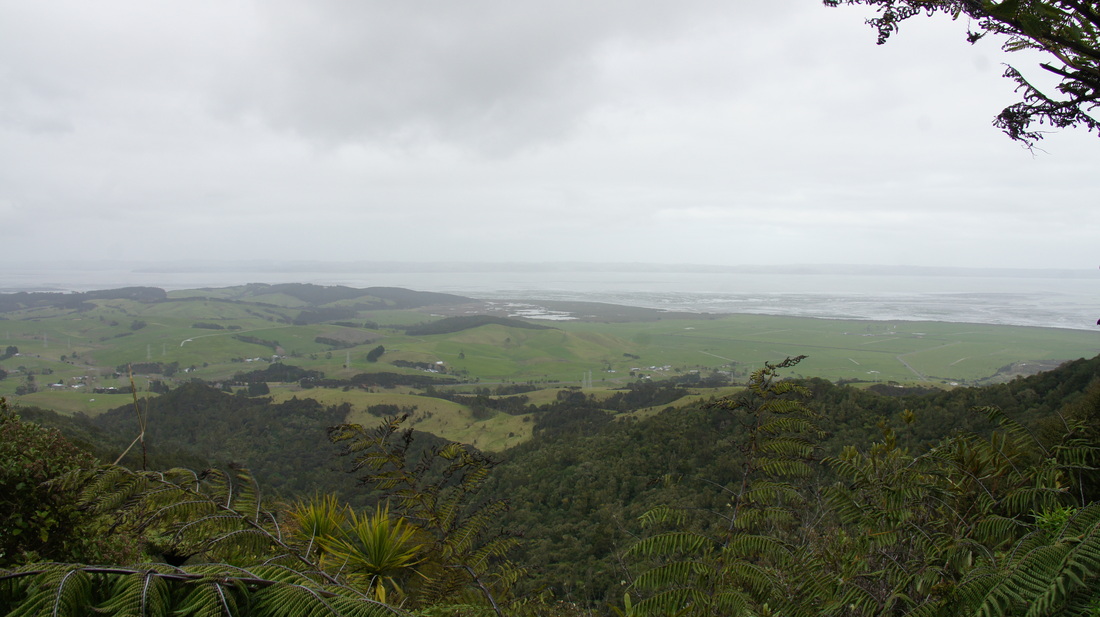
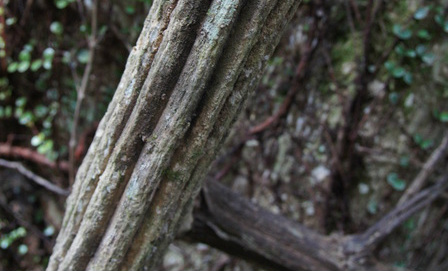
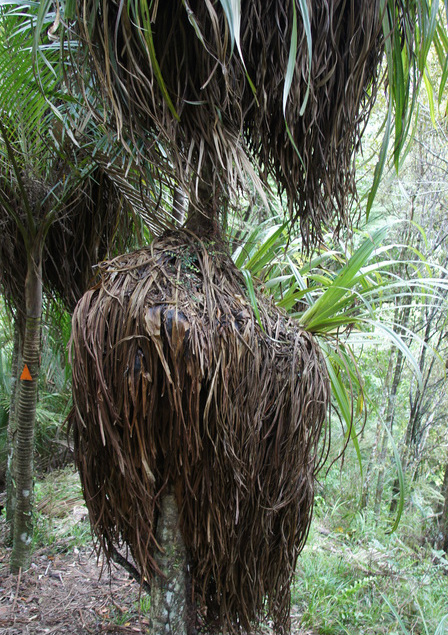
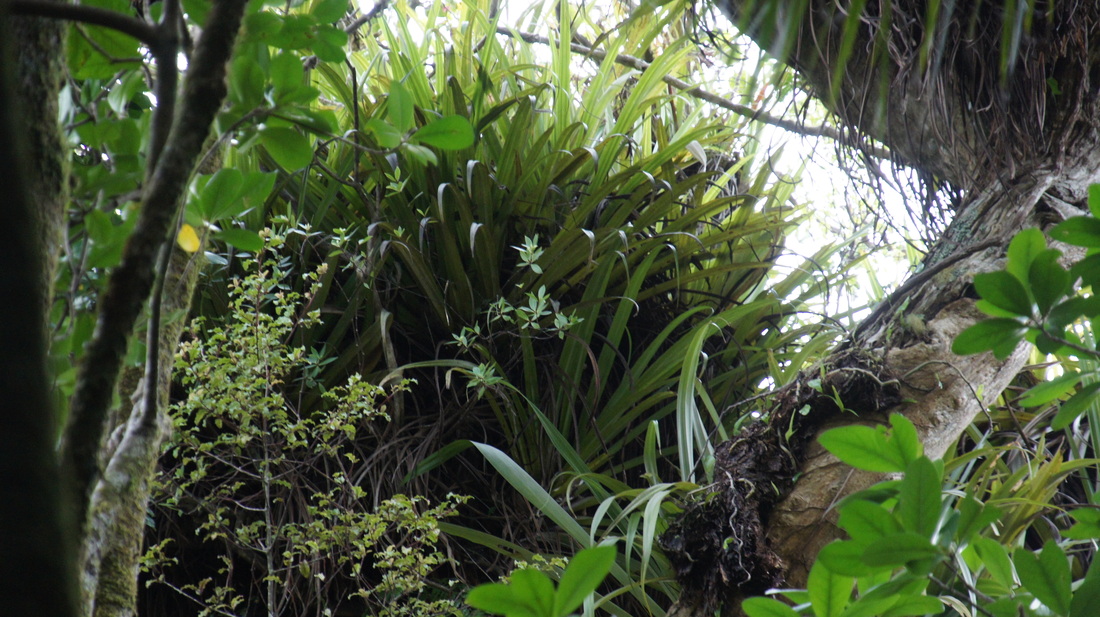
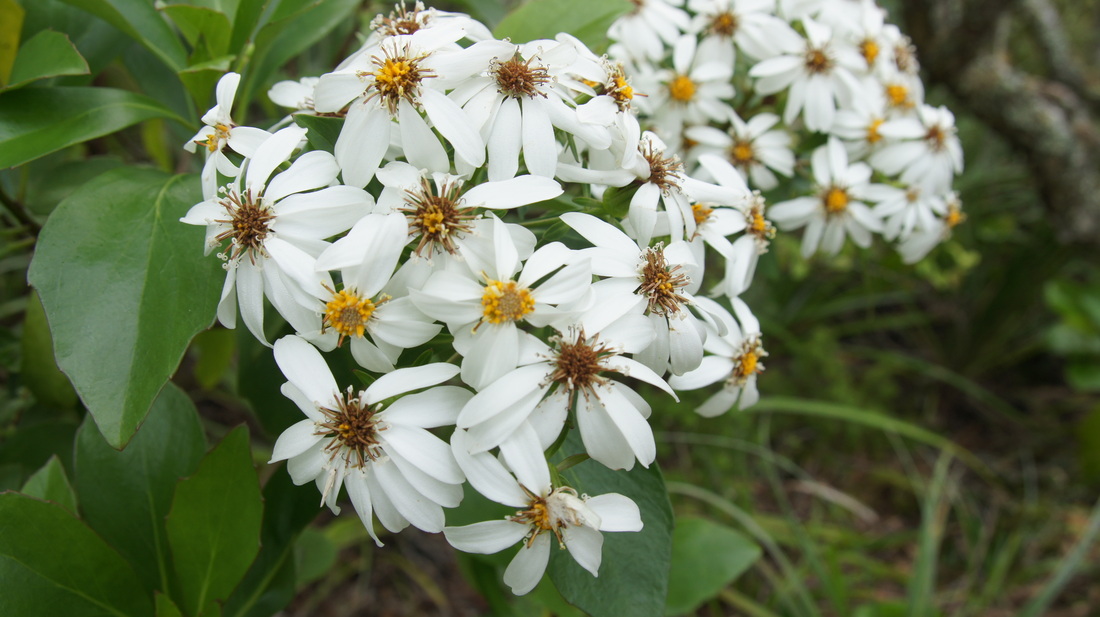
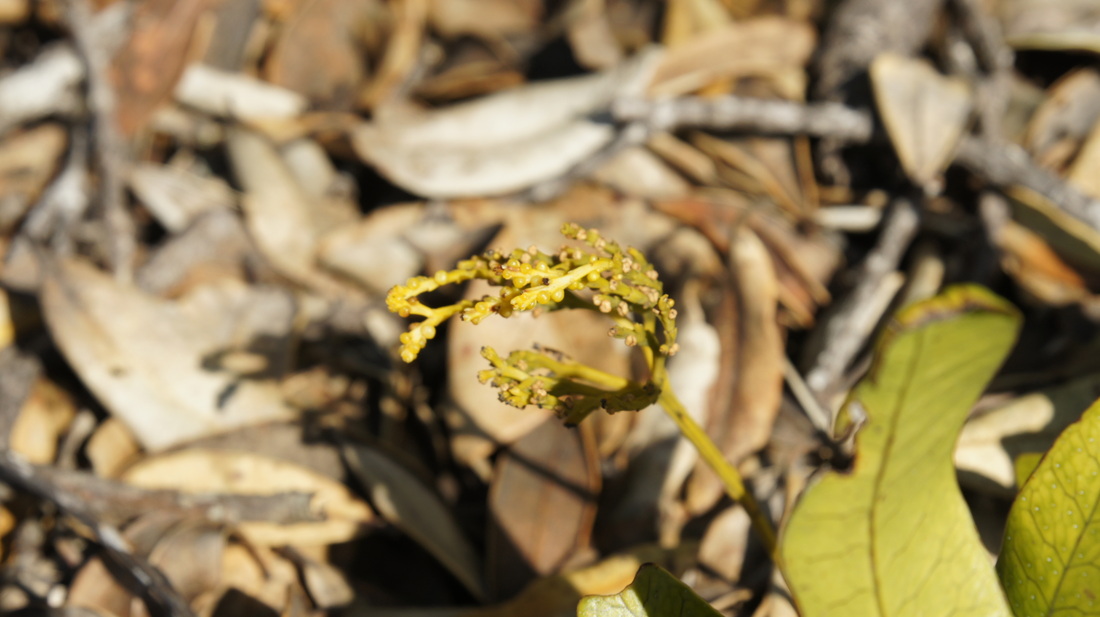
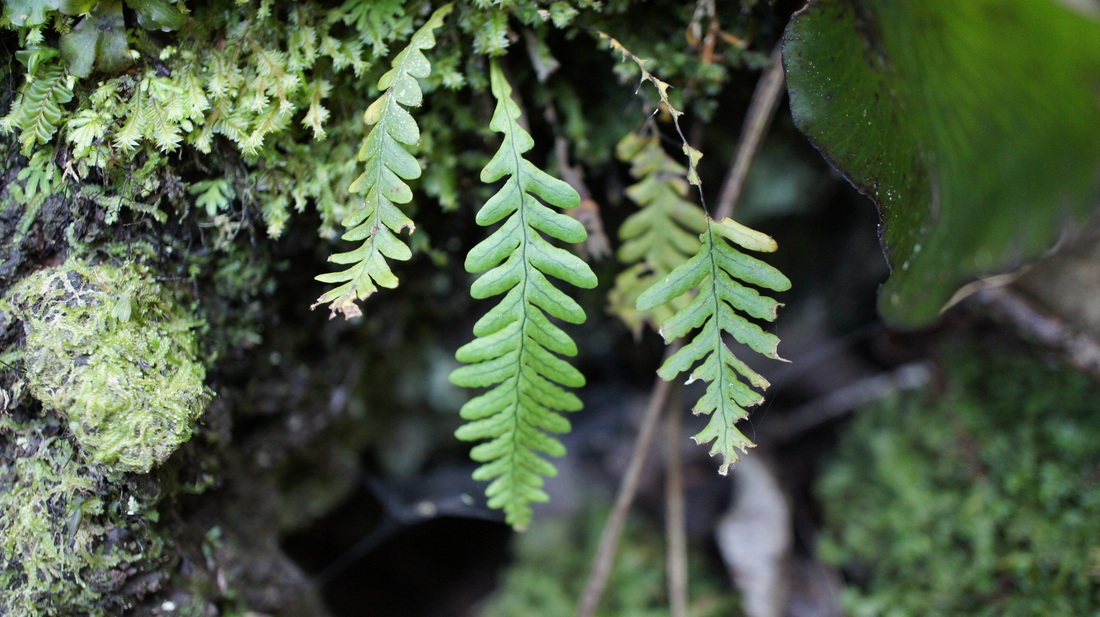
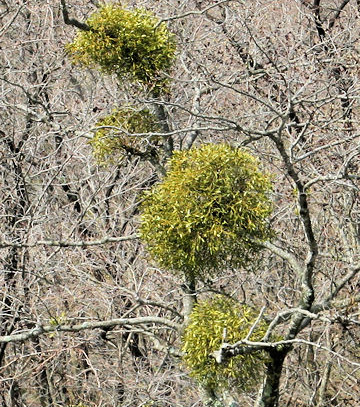
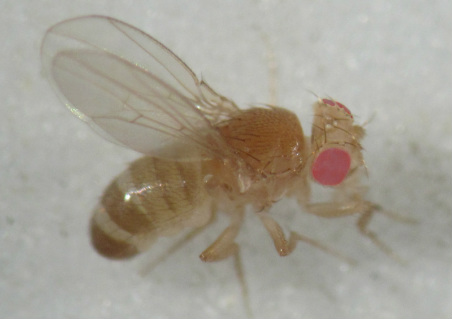
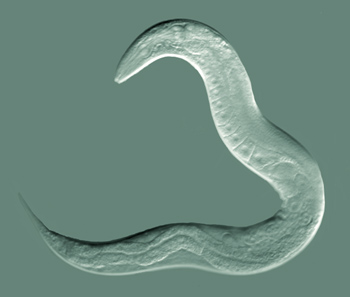
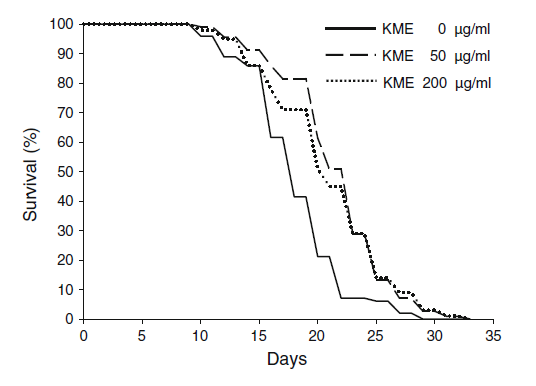

 RSS Feed
RSS Feed
